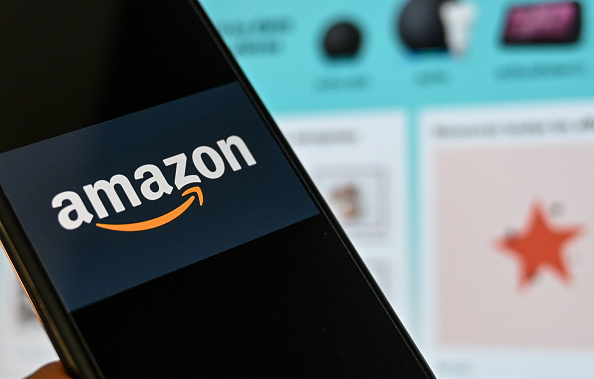The UK is the top country in the world for online shopping, spending more per household than in any other, with consumers of all ages increasingly confident in buying everything from their food shopping to clothes, holidays and insurance products on the web. In fact, last year 77 per cent of adults bought goods or services online, with clothes or sports goods the most popular purchases.
Online shopping has certainly become easier and more efficient with smartphones now owned by four out of five UK consumers, and WIFI readily accessible almost everywhere. This year, 78 per cent of UK adults have used the internet on the go, with UK shoppers predicted to spend a collective £27 billion over mobile devices in 2017. Clearly the market is booming with all signs pointing towards this continuing so are online retailers making the most of this opportunity?
Many are not, and the imbalance between what always connected consumers want and what retailers provide is leading to cart abandonment and dropped sales. A big part of the issue seems to be the disconnect between when many consumers shop online, and when e-tailers provide their best customer service. Research by Yonder Digital Group shows that many UK consumers like to shop online during the week (53 per cent), with just over a quarter (26 per cent) doing so after 8.30pm; when they finally have some free time after work but the high street shops are all closed. However, despite the popularity of after hours shopping, many online retailers do not offer live agent interaction either online or over the phone at this time, which means that when consumers have queries about an item or a service they want to buy there and then, there is no one available to answer them.
A lack of live query handling
In fact, Yonder’s research shows that 72 per cent of e-tailers do not offer live query handling options for consumers shopping after hours, yet consumer expectations of customer service are just as high after hours as they are between nine and five. Offering FAQ sections helps but if people cannot find the answers to their questions within these pages online, they are likely to go to the next e-tailer that does offer live agent assistance, rather than wait until morning when these services resume.
Research backs this link up, showing that most cart abandonment takes place between 8pm and 9pm, and statistics show that globally, the average abandonment rate for 2016 reached 77.24 per cent. In the UK alone, cart abandonment costs up to £1 billion in lost sales each year.
Clearly then it is an issue that retailers need to solve, and previous research by Yonder Digital Group has shown that customers tend to stay more loyal and indeed increase their spending (84 per cent) when they have access to the full range of communications channels, both automated and live, to resolve any queries. So why don’t more e-tailers provide more hours of live agent support?
Obviously cost is an issue here, particularly for smaller businesses, but while online retailers may think they are making cost efficiencies by reducing when they offer live agent support, the statistics show that not offering it actually puts them at a greater risk of losing money. Retailers then that are not meeting customer demand in this area need to start providing support when consumers are most active, or risk losing out to competitors.
When should you offer live support to consumers?
For most e-tailers, it isn’t necessary to provide around the clock live chat support, but it is critical to work out the key times when it should be offered. Analysis of the customer journey can show online retailers the critical points at which customers are active and typically require live agent support – whether this is online or over the telephone, and the good news is that this information is already there, waiting to be analysed, in the shape of the customer data that comes from all the touchpoints an online retailer employs. From this, it is easy to see when customers are most likely to visit an e-commerce site, and when they fill and then abandon baskets: these are the times they are likely to be searching for answers to their questions and, failing that, trying to connect with live agents.
Conducting an analysis of customers’ online behaviour can really pay dividends in helping online retailers understand when the support of live agents is most needed and this is the first step towards strategically planning when to offer these services. It is also important to understand the differences between how people tend to use live chat and phone support, as well as how both link to revenue generation to ensure that they are deployed at the right stage, concentrating support where and when it is most required. Live chat for example, tends to be more popular for simple shopping queries that can be answered quickly, while for more complicated purchases, such as insurance products, talking to a real person on the phone tends to be preferred.
Certainly multichannel customers require a multichannel approach and this holds true for every stage of the purchase journey, from browsing to buying. To meet consumer expectations here, businesses need to first focus on analysing their customer data to ensure they are up to speed with online behaviour and know where demand for live agent support, and for which tool, is the greatest. Research clearly points to a demand for out of hours live agent support as people increasingly regularly shop online in the evenings, and retailers that fail to rise to these consumer expectations will find the risk of losing sales to more switched on competitors only grows.
Chris Robinson is CEO at Yonder Digital Group.





